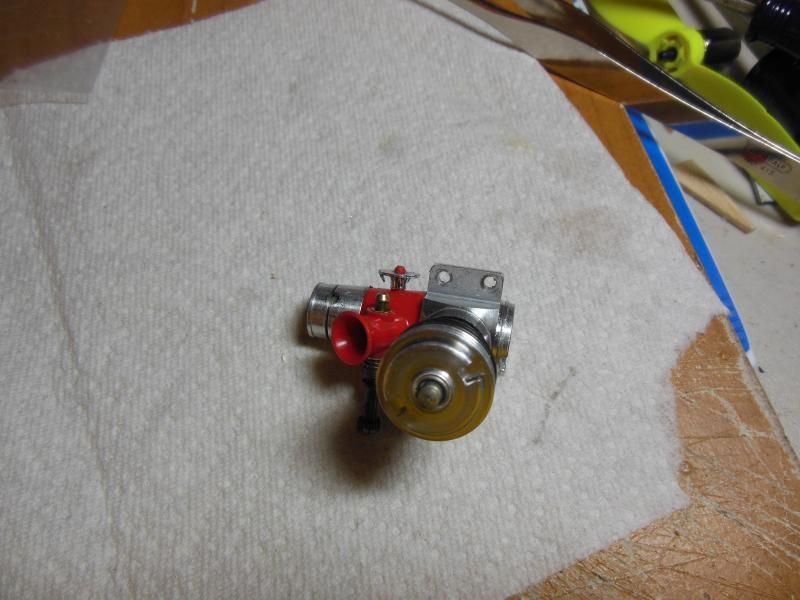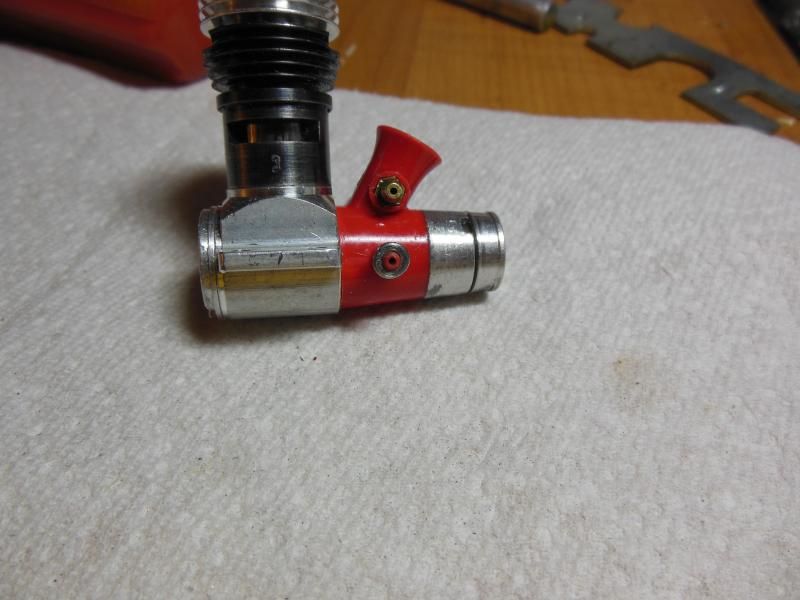Reviving an old thread here.
I have a medallion that I bought on eBay thatís always been a dog. So I decided to disassemble the engine and take a look at it. Ah-Ha! Thereís the culprit! It seems the previous owner had tapped the crank case for pressure. The PO had actually done a very good job of it, not a hack-and-slash job like the last one I got. As I was about to mix up some JB Weld to fill in the hole, I remembered this thread and the post by Larry Renger describing how to tap a Cox rotary valve .049 for pressure.
I dug out an old 4-40 Tee nut from the nut drawer in my stash, and carefully threaded it on the pressure nipple on the side of the venturi body.


Then, I removed the nut and ground it down until it was just a nub that the pressure hose would fit over, but not pop off.
A little hard to see, but the Tee nut cut decent threads in the venturi body.



If you see this post Larry, tell me if I did it right.
Mark